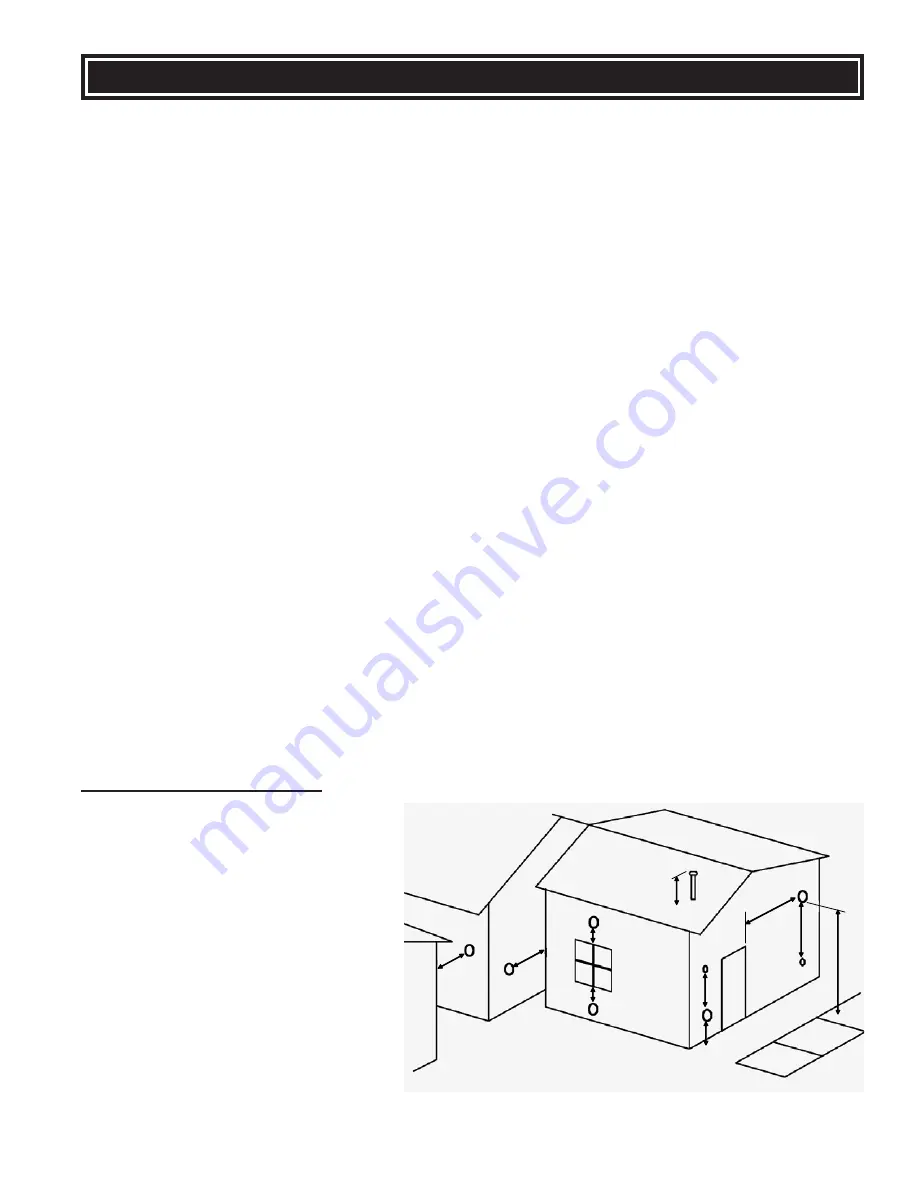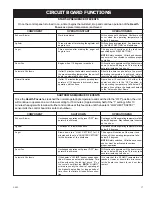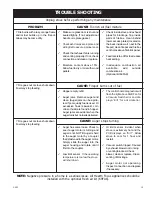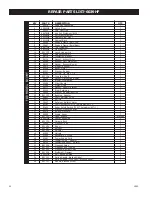
USSC
7
GUIDELINES FOR EXHAUST VENTING SYSTEMS DESIGN
•
•
•
•
•
•
•
•
A UL listed 3” or 4” type “PL” pellet vent exhaust system must be used for installation and attached to the pipe connector
provided on the back of the stove. Use a 3” to 4” adapter for 4” pipe. A cap must be used at the termination of type “L”
vent chimneys. 4” PL is required for elevations above 2,500 feet above sea level.
Do not terminate vent in any enclosed or semi-enclosed area, such as; carports, garage, attic, crawl space, under a
sundeck or porch, narrow walkway or close area, or any location that can build up a concentration of fumes such as a
stairwell, covered breezeway etc.
Vent surfaces can get hot enough to cause burns if touched by children. Noncombustible shielding or guards may be
required.
Do not install a flue damper in the exhaust vent of this unit.
Termination must exhaust above air inlet elevation. Installation MUST include three (3) vertical feet of pellet vent pipe.
This will create some natural draft to prevent the possibility of smoke or odor during appliance shutdown and to keep
exhaust from causing a nuisance or hazard from exposing people or shrubs to high temperatures. Do not connect
this unit to a chimney flue serving another appliance. Do not connect directly to a masonry chimney.
The installation must include a cleanout tee to enable collection of fly ash and to permit periodic cleaning of the exhaust
system. 90° elbows accumulate fly ash and soot thereby reducing exhaust flow and performance of the stove. Each
elbow or tee reduces draft potential by 30% to 50%.
Use no more than 180 degrees of elbows (two 90-degree elbows,
or two 45-degree and one 90-degree elbow, etc.) to maintain adequate draft. Clean-out tees and elbows should not
be mounted directly to the rear of the stove.
Total length of horizontal vent must not exceed 48”(4ft.)/1,200mm.
The maximum recommended vertical venting
height is 12-feet for 3-inch type “PL” vent.
All joints in the vent system must be fastened by at least 3 screws, and all
joints must be sealed with RTV silicone sealer to be airtight.
The area where the vent pipe penetrates to the exterior of the home must be sealed with silicone or other means to
maintain the vapor barrier between the exterior and the interior of the home.
It is recommended that only an authorized installer install your pellet/corn stove, preferably an NFI certified
specialist. The following installation guidelines must be followed to ensure conformity with both the safety listing of this
stove and to local building codes.
INSTALL VENT AT CLEARANCES SPECIFIED BY THE VENT MANUFACTURER.
NOTE: These are guidelines only. Proper venting is accomplished by design and common sense. In most
installations 3 inch diameter venting is adequate. If it does not vent properly you will have to change it to
4 inches. You should not exceed 4 inch diameter venting.
DO NOT CONNECT TO ANY AIR DISTRIBUTION DUCT OR SYSTEM
VENT TERMINATION CLEARANCES:
A) Min. 4-ft clearance below or beside any door or window
that opens.
B) Min. 1-ft clearance above any door or window that
opens.
C) Min. 3-ft clearance form any adjacent building.
D) Min. 7-ft clearance from any grade when adjacent to
public walkways.
E) Min. 2-ft clearance above any grass, plants, or other
combustible materials.
F) Min. 3-ft clearance from an forced air intake of any
appliance.
G) Min. 2-ft clearance below eves or overhang.
H) Min. 1-ft clearance horizontally from combustible wall.
Must be a minimum of 36-inches above the roof
and 24-inches above the highest point or the roof
within 10-feet.
H
A
B
C
I
F
D
A
F
E
Summary of Contents for Hearth Focus 6039HF
Page 20: ...20 USSC WIRING DIAGRAM ...








































